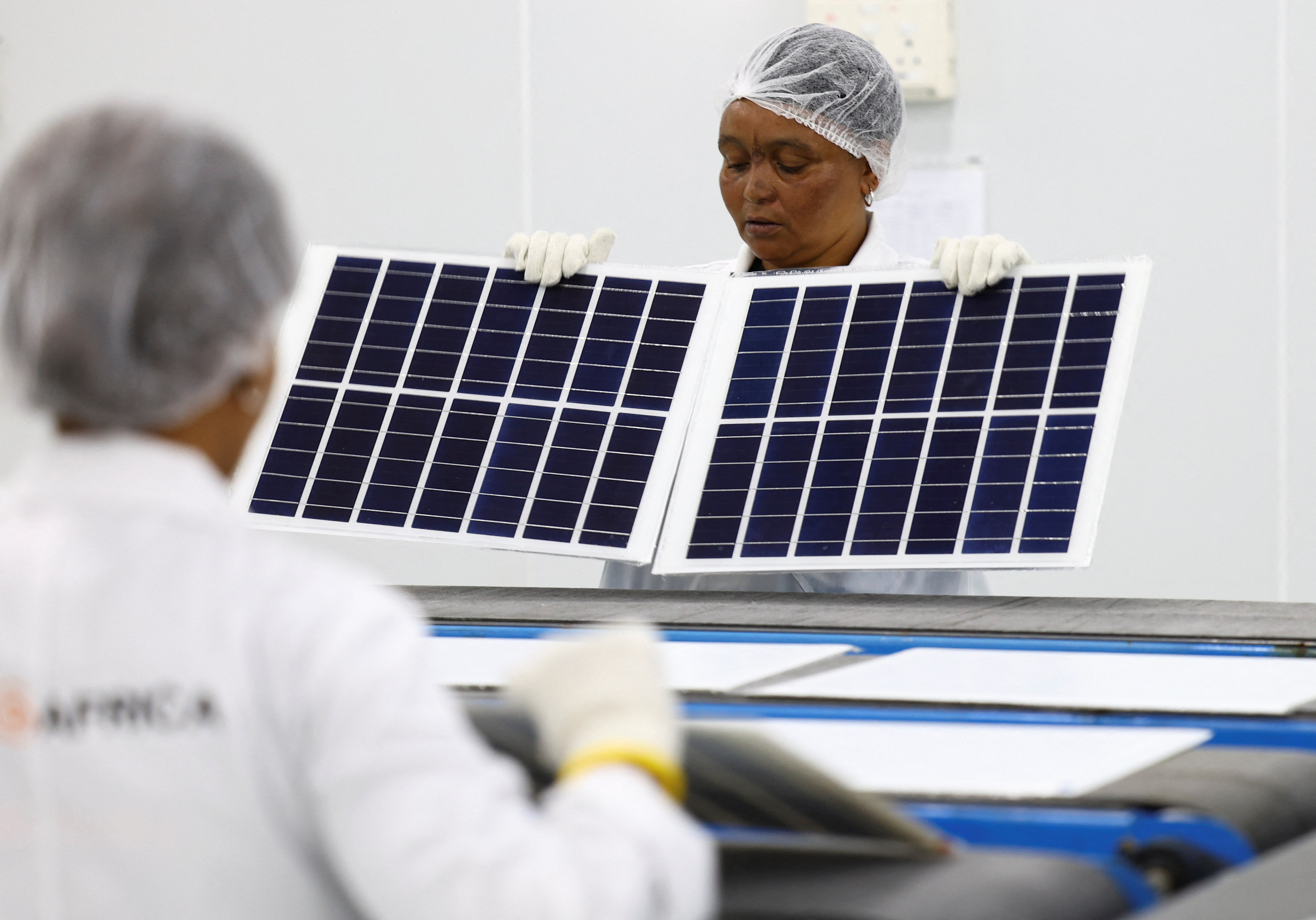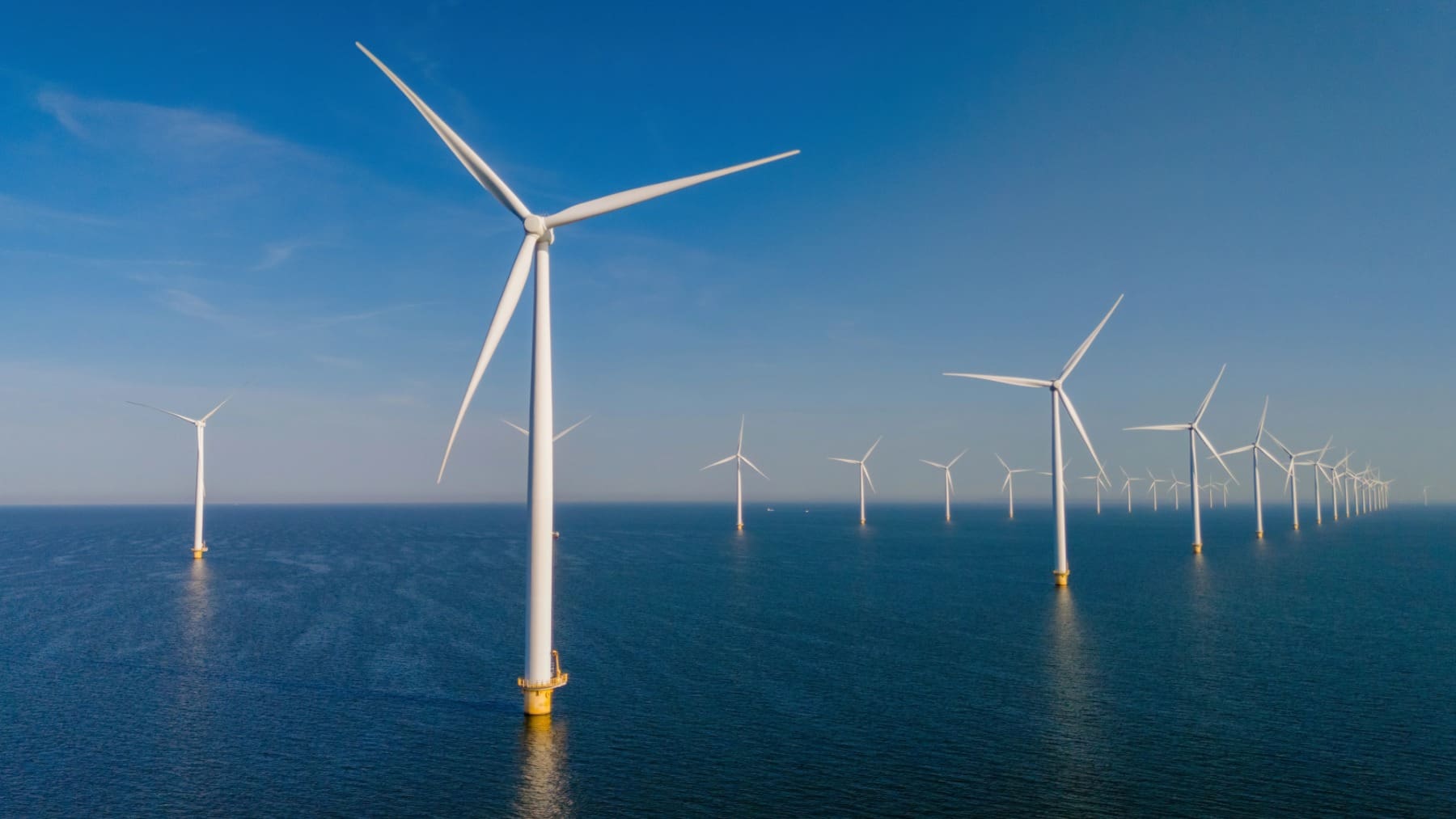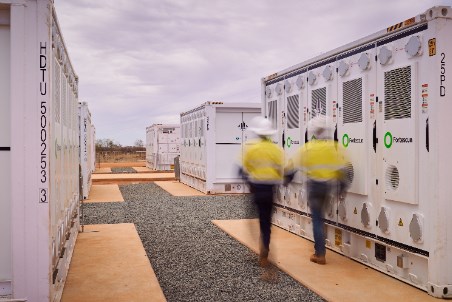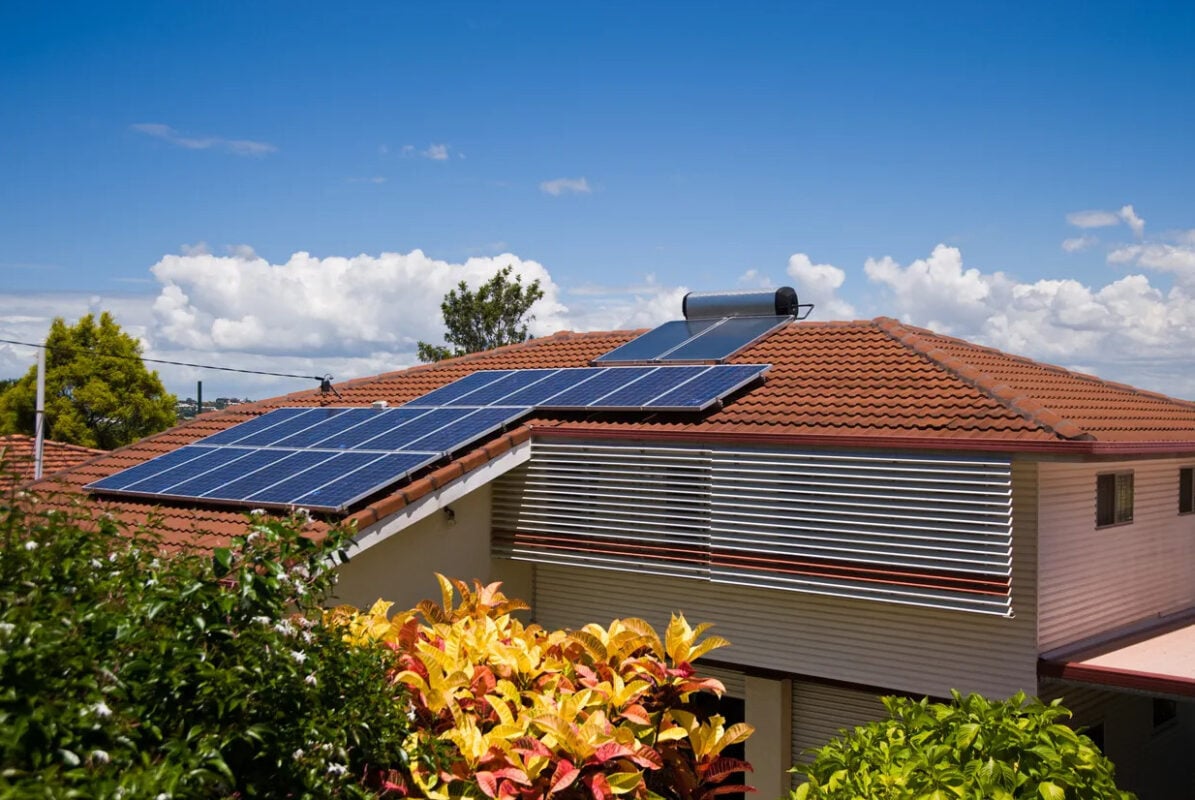Twenty Years of Green Progress: China’s solar thermal technology lights way to greener world – People’s Daily

Report on China’s Contribution to Sustainable Development Goals through Renewable Energy Initiatives
Introduction: Advancing Global Sustainability through Green Development
China is actively promoting global green development, guided by the principle that “lucid waters and lush mountains are invaluable assets.” This report details China’s efforts in advancing the United Nations Sustainable Development Goals (SDGs), particularly through the implementation of large-scale solar thermal power projects both domestically and internationally. These initiatives represent a tangible application of Xi Jinping Thought on Ecological Civilization and address the global challenge of balancing economic growth with environmental protection.
Domestic Implementation: The Hami Solar Thermal Power Plant and SDG Alignment
Project Overview
In Hami, Xinjiang Uygur Autonomous Region, a 50-megawatt molten salt solar thermal power plant exemplifies China’s commitment to clean energy. The facility utilizes over 14,500 heliostats arranged in concentric circles to focus sunlight onto a central tower, heating molten salt to 565 degrees Celsius. This stored thermal energy is then used to generate steam, driving turbines for continuous electricity production, even after sunset. The region’s 3,380 annual hours of sunlight make it an ideal location for such infrastructure, contributing to a robust renewable energy system.
Contributions to Sustainable Development Goals
- SDG 7 (Affordable and Clean Energy): The plant generates 198 million kilowatt-hours of electricity annually, providing a stable and clean power supply for approximately 240,000 people.
- SDG 13 (Climate Action): The facility achieves zero pollutant discharge, saving an estimated 61,900 tonnes of standard coal and reducing carbon dioxide emissions by 154,800 tonnes each year.
- SDG 9 (Industry, Innovation, and Infrastructure): This project showcases advanced renewable energy technology and contributes to the development of resilient, sustainable infrastructure in China.
International Cooperation: The Redstone Project in South Africa
Project Overview and China-Africa Partnership
As a new milestone in China-Africa green energy cooperation, a Chinese enterprise has constructed the 100 MW Redstone Concentrated Solar Thermal Power Project in South Africa’s Northern Cape Province. This facility is the first of its kind in sub-Saharan Africa and serves as a prime example of international collaboration toward shared sustainability targets, directly supporting SDG 17 (Partnerships for the Goals).
Socio-Economic and Environmental Impact on SDGs
- SDG 7 (Affordable and Clean Energy): Once fully operational, the plant will supply approximately 480 gigawatt-hours of clean electricity to the national grid annually, powering over 200,000 households and alleviating local energy shortages.
- SDG 8 (Decent Work and Economic Growth): The project has significantly boosted the local economy by creating around 1,800 jobs, with over 85% of the workforce hired locally, and generating an estimated 7.5 billion rand (approx. $415 million) in investment.
- SDG 13 (Climate Action): The project is critical in reducing South Africa’s dependence on fossil fuels and advancing its transition to a low-carbon economy.
China’s Global Leadership in Green Development and SDG Commitment
National Achievements and Global Contributions
China has established itself as a global leader in the renewable energy sector, making substantial contributions to global climate goals.
- China achieved its 2030 target of reaching over 1.2 billion kilowatts of installed wind and solar power capacity in 2024, six years ahead of schedule.
- The country leads the world in installed capacity for hydropower, wind, solar, and biomass energy, supported by the world’s largest and most complete new energy industrial chain.
- In 2024, China accounted for more than half of the global increase in both solar and wind generation, according to a report from the UK energy think tank Ember.
- Globally, China supplies approximately 60% of wind power equipment and 70% of photovoltaic module equipment. In 2023, these exports helped other countries reduce carbon emissions by an estimated 810 million tonnes.
Fostering Global Partnerships for Sustainability
China actively promotes international cooperation to build a sustainable future, in line with SDG 17 (Partnerships for the Goals).
- China has signed memorandums of understanding on South-South cooperation on climate change with more than 40 developing countries.
- The Belt and Road Initiative International Green Development Coalition has been formed with over 170 partners from more than 40 countries to promote sustainable practices.
- China upholds the principle of common but differentiated responsibilities, working with global partners to build a clean, beautiful, and sustainable world.
Analysis of Sustainable Development Goals in the Article
1. Which SDGs are addressed or connected to the issues highlighted in the article?
- SDG 7: Affordable and Clean Energy
- SDG 8: Decent Work and Economic Growth
- SDG 9: Industry, Innovation, and Infrastructure
- SDG 13: Climate Action
- SDG 17: Partnerships for the Goals
2. What specific targets under those SDGs can be identified based on the article’s content?
-
SDG 7: Affordable and Clean Energy
- Target 7.2: By 2030, increase substantially the share of renewable energy in the global energy mix. The article focuses on the development and operation of large-scale solar thermal power plants in China and South Africa. It states that China has “built the world’s largest and fastest-growing renewable energy system” and reached its 2030 target of 1.2 billion kilowatts of wind and solar power six years early, directly contributing to this target.
- Target 7.a: By 2030, enhance international cooperation to facilitate access to clean energy research and technology… and promote investment in energy infrastructure and clean energy technology. The article highlights the 100-megawatt solar thermal power station in South Africa, built by a Chinese enterprise, as a “new milestone in China-Africa green energy cooperation.” This project demonstrates the transfer of advanced technology and investment in clean energy infrastructure in a developing country.
-
SDG 8: Decent Work and Economic Growth
- Target 8.2: Achieve higher levels of economic productivity through diversification, technological upgrading and innovation. The construction of advanced molten salt solar thermal power plants represents a technological upgrade in the energy sector, moving away from traditional fossil fuels and promoting a green economy.
- Target 8.5: By 2030, achieve full and productive employment and decent work for all women and men… The article explicitly mentions that the Redstone project in South Africa “has created around 1,800 jobs, with over 85 percent of the workforce hired locally,” directly contributing to local employment.
-
SDG 9: Industry, Innovation, and Infrastructure
- Target 9.1: Develop quality, reliable, sustainable and resilient infrastructure… to support economic development and human well-being. The solar power plants described are examples of sustainable and resilient energy infrastructure. The molten salt technology ensures a “steady power supply” even at night, enhancing reliability.
- Target 9.4: By 2030, upgrade infrastructure and retrofit industries to make them sustainable, with increased resource-use efficiency and greater adoption of clean and environmentally sound technologies. The article describes the shift to solar power as a way to “reduce dependence on fossil fuels.” The Hami plant is noted for having “zero pollutant discharge,” showcasing the adoption of clean technology.
-
SDG 13: Climate Action
- Target 13.2: Integrate climate change measures into national policies, strategies and planning. The article mentions President Xi’s announcement at the 2020 Climate Ambition Summit, where China set a national target to “bring its total installed capacity of wind and solar power to over 1.2 billion kilowatts by 2030.” This is a clear example of integrating climate goals into national planning.
-
SDG 17: Partnerships for the Goals
- Target 17.6: Enhance North-South, South-South and triangular regional and international cooperation on and access to science, technology and innovation. The article details China’s cooperation with South Africa on the Redstone project. It also states that “China has signed memorandums of understanding on South-South cooperation on climate change with more than 40 developing countries.”
- Target 17.7: Promote the development, transfer, dissemination and diffusion of environmentally sound technologies to developing countries. The article provides a concrete example of this through the Chinese company building Africa’s first 100-megawatt solar thermal power station. It also notes that “China supplies around 60 percent of the world’s wind power equipment and 70 percent of photovoltaic module equipment,” facilitating the global diffusion of green technology.
3. Are there any indicators mentioned or implied in the article that can be used to measure progress towards the identified targets?
-
SDG 7: Affordable and Clean Energy
- Indicator 7.2.1 (Renewable energy share in total final energy consumption): The article provides specific data points on renewable energy capacity and generation, such as the “50-megawatt” plant in Hami and the “100-megawatt” station in South Africa. It also mentions China’s total installed capacity of wind and solar power exceeding “1.2 billion kilowatts” and the annual generation figures of “198 million kilowatt-hours” (Hami) and “480 gigawatt-hours” (South Africa).
-
SDG 8: Decent Work and Economic Growth
- Proxy for Indicator 8.5.2 (Unemployment rate): The article provides direct numbers on job creation: “The project has created around 1,800 jobs, with over 85 percent of the workforce hired locally.”
- Proxy for Indicator 8.1.1 (Annual growth rate of real GDP per capita): The article mentions the economic impact through investment: “It has also brought an estimated 7.5 billion rand (about $415 million) in investment to the South African economy.”
-
SDG 9: Industry, Innovation, and Infrastructure
- Indicator 9.4.1 (CO2 emission per unit of value added): The article provides specific figures on emissions reduction. The Hami plant “cuts carbon dioxide emissions by 154,800 tonnes each year.” Globally, “Chinese wind and solar products helped other countries reduce carbon emissions by approximately 810 million tonnes” in 2023.
-
SDG 13: Climate Action
- Proxy for Indicator 13.2.2 (Total greenhouse gas emissions per year): The article provides data on emission reductions and fossil fuel savings. The Hami plant “saves about 61,900 tonnes of standard coal” and cuts “154,800 tonnes” of CO2 annually. This data directly measures progress in climate change mitigation.
-
SDG 17: Partnerships for the Goals
- Indicator 17.6.1 (Number of science and/or technology cooperation agreements): The article mentions specific partnerships, such as “China-Africa green energy cooperation,” “memorandums of understanding on South-South cooperation on climate change with more than 40 developing countries,” and the “Belt and Road Initiative International Green Development Coalition with over 170 partners from more than 40 countries.”
4. Table of SDGs, Targets, and Indicators
| SDGs | Targets | Indicators |
|---|---|---|
| SDG 7: Affordable and Clean Energy |
|
|
| SDG 8: Decent Work and Economic Growth |
|
|
| SDG 9: Industry, Innovation, and Infrastructure |
|
|
| SDG 13: Climate Action |
|
|
| SDG 17: Partnerships for the Goals |
|
|
Source: en.people.cn

What is Your Reaction?
 Like
0
Like
0
 Dislike
0
Dislike
0
 Love
0
Love
0
 Funny
0
Funny
0
 Angry
0
Angry
0
 Sad
0
Sad
0
 Wow
0
Wow
0














































.jpg.webp?itok=0ZsAnae9#)







:focal(1500,1000)/https://media.globalcitizen.org/a6/9a/a69a4720-d8a1-4715-b596-18738d03c05c/rotary_polio_hero_image.jpg?#)

/countries/sri-lanka/photo-credit---dmc-sri-lanka.tmb-1200v.jpg?sfvrsn=dc298bcc_1#)



















